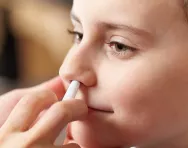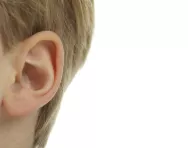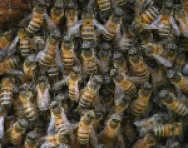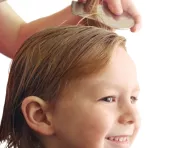Important update from TheSchoolRun
For the past 13 years, TheSchoolRun has been run by a small team of mums working from home, dedicated to providing quality educational resources to primary school parents. Unfortunately, rising supplier costs and falling revenue have made it impossible for us to continue operating, and we’ve had to make the difficult decision to close. The good news: We’ve arranged for another educational provider to take over many of our resources. These will be hosted on a new portal, where the content will be updated and expanded to support your child’s learning.
What this means for subscribers:
- Your subscription is still active, and for now, you can keep using the website as normal — just log in with your usual details to access all our articles and resources*.
- In a few months, all resources will move to the new portal. You’ll continue to have access there until your subscription ends. We’ll send you full details nearer the time.
- As a thank you for your support, we’ll also be sending you 16 primary school eBooks (worth £108.84) to download and keep.
A few changes to be aware of:
- The Learning Journey weekly email has ended, but your child’s plan will still be updated on your dashboard each Monday. Just log in to see the recommended worksheets.
- The 11+ weekly emails have now ended. We sent you all the remaining emails in the series at the end of March — please check your inbox (and spam folder) if you haven’t seen them. You can also follow the full programme here: 11+ Learning Journey.
If you have any questions, please contact us at enquiries@theschoolrun.com. Thank you for being part of our journey it’s been a privilege to support your family’s learning.
*If you need to reset your password, it will still work as usual. Please check your spam folder if the reset email doesn’t appear in your inbox.
8 reasons kids get headlice
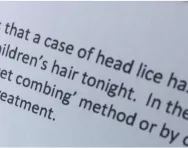
Sometimes it can seem as if no sooner have you treated an outbreak of headlice than they’re back again.
The primary school classroom can be a breeding ground for headlice, with kids often reinfesting each other.
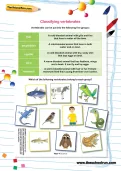

Download fantastic science resources today!
- Experiments And Science Fun pack
- Science Learning Programme for each school year
- All the instructions, questions and information you need
One in three children will catch nits at some point during the school year, and 10 to 20% have them at any one time. Feeling itchy yet?
Here are eight reasons why your child (and you – sorry!) might get headlice.
1. School
Primary school children spend a lot of time up close to each other, whether they’re working in groups at their table, sitting on the carpet for circle time, or playing outside at breaktime.
These are all perfect opportunities for headlice to crawl from one head to another, explaining why they’re most common in children aged four to 11.
If your child has long hair, putting it in tight plaits or a bun can prevent the spread as it makes it harder for lice to cling onto the hair shaft.
2. Sleepovers
When kids are snuggled up in sleeping bags, watching films and sharing popcorn, they’re right in each other’s personal space, which makes it easy for lice to spread from one child to the next.
3. Video games
Crowding around a games console or tablet means children are often in close enough proximity for headlice to migrate from head to head.
4. Selfies
Teens and tweens are obsessed with selfies, and squashing up together to fit into the frame gives headlice ample chance to move in.
The more kids in the photo, the more heads the lice can potentially infest. Smile!
5. Playing with hair
Unsurprisingly, girls are more likely to get headlice than boys because they generally have longer hair: the best hiding place for lice.
They also like doing each other’s hair, and sharing brushes, combs and hairbands can transfer headlice from one child to another.
If your child comes out of school every day with a different hairstyle from the one she left home with, it’s worth asking the teacher to discourage playground hairdressing to help prevent the spread of headlice.
6. Siblings
Siblings often spend a lot of time in close contact with each other, whether they’re next to each other on the sofa watching TV, bouncing on the trampoline or play-fighting on the living room floor.
That’s why it’s important to check everyone in the family if one child has headlice, as the chances are they’ll have moved in on someone else, too.
7. Listening to music
Although headlice are usually spread by physical contact, sometimes they cling to inanimate objects and are able to survive long enough to take up residence on another child’s head.
Bizarrely, it’s not unheard of for kids to get headlice from sharing earphones or headphones, so it’s best to tell your child to use their own rather than borrowing from their mate.
8. Storytime
Adults are less likely to get headlice than kids, but when you’re snuggled up with your child listening to them read or sharing a bedtime story, they can take the opportunity to move from their head to yours.
The same applies to grandparents and other adults who share storytime or other close contact with your child, so if you’ve spotted lice, it’s important to tell them to check their hair, too.



